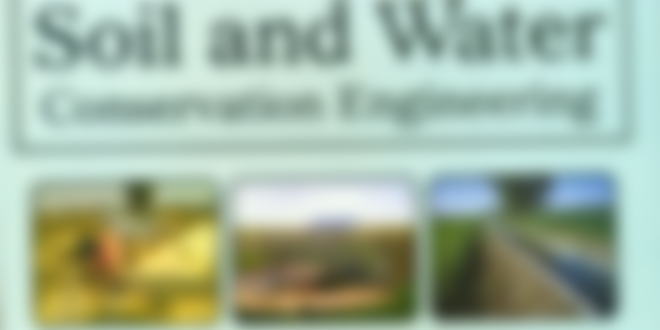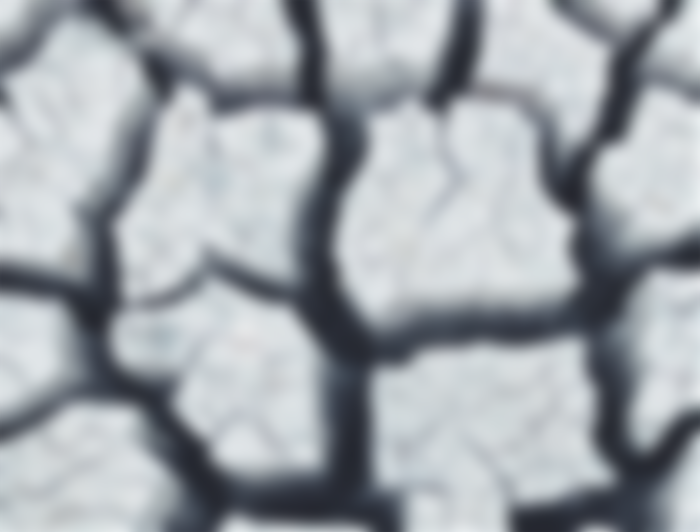
What is SWCE?
Soil and Water Conservation Engineering (SWCE) is the application of engineering principles to the solution of soil and water management problems. It includes the classification of the water erosion, and the agronomical and engineering measures adopted for erosion control. The design of bunds and terraces are dealt in detail, followed by gully control measures. The wind erosion and measures to control it, e.g., the windbreaks and shelterbelt, are also included. Many examples and problems are included to emphasize the design principles and to facilitate an understanding of the subject matter with the help of computer models where applicable.
What are the engineering problems involved in SWCE?
Soil Erosion

It is the process by which soil is moved. When soil is eroded, it may become pollution in the water or air. The land where it came from, loses fertility. Not only is soil lost in the erosion process, but also a proportionately higher percentage of plant nutrient, organic matter and fine soil particles in the removed material is lost in the original soil. Erosion control is essential to maintain the crop productivity of the soil as well as control sedimentation in streams and lakes/ reservoir.
Drought

It is a reduction in precipitation over an extended period. A deficit of water can lead to the drying out of wetland habitats and the survival of all life forms become difficult. This rain shortfall creates a water shortage which damages crops, livestock and other human activities. This water stress can affect soil chemical, physical and biological activities that are essential for plant and soil health. Also, it can lead to the pollution of surface water since rain and flowing water bodies usually carry away the pollutants by draining the land, a lack of such water resources leads to the contamination of soil and remaining water resources with pollutants.
Flooding

Flood is an overflow of water that submerges land that is usually dry. It has positive effects, but mostly, negative. Chemicals and other hazardous substances end up in the water and eventually contaminate the water bodies that flood ends up. Flooding in key agricultural production areas can lead to widespread damage to crops and fencing and loss of livestock. Crop losses through rain damage, waterlogged soils, and delays in harvesting are further intensified by transport problems due to flooded roads and damaged infrastructure.
Soil compaction

Soil compaction is the reduction of soil volume due to external factors. This reduction lowers the soil productivity and environmental quality. It has different effects on crop yields (forages, tilled soils, no till-crop production), and in soil and crop health (soil density, porosity, penetration resistance, soil structure, etc.). Soil compaction causes a decrease in large pores (called macropores), resulting in a much lower water infiltration rate into soil, as well as decrease in saturated hydraulic conductivity. It also affects the habitat of soil organism by reducing the pore size and changing the physical soil environment
Salinity

Salinity is the accumulation of salt in land and water to a level that damages the natural and built environment. It usually occurs with other natural resource problems such as decreasing soil and water quality, erosion and loss of native vegetation. It can decrease plant growth and water quality, resulting in lower crop yields and degraded stock water supplies. The increased volume or concentration of salinity in creeks and streams affects irrigated agriculture and horticulture. It also adversely impacts on riverine ecosystems.
What are the roles of Engineers in SWCE?

The agricultural engineer has a major responsibility in helping to meet problems through development and application of practices that will reduce the unnecessary losses in storage, transmission, and application; and thus provide a higher percentage of the water for actual use by the irrigated crop.
The agricultural engineer has a major responsibility in developing new practices that will permit the entrapment and storage in the soil profile of a greater percentage of the available precipitation. Design of effective terrace systems with special water catchment areas, tillage practices that modify the soil surface configuration so as to retain precipitation and reduce the total evaporation potential, and surface evaporation control through use of mulches and films, are all challenges for the agricultural engineer.
As a nation with exponentially increasing population, maintaining agricultural productivity to feed its people remains a top priority. Soil degradation of agricultural rain fed areas brought about mainly by water-induced erosion is a major concern. There are challenges from farmer levels to local government levels to national levels in the implementation of sustainable agricultural land management programs and these are mainly funding and value system transformation in nature. Despite these challenges, we are optimistic to hurdle and address the driving forces (indirect causes) and pressures (direct causes) of land degradation to reduce soil erosion rates to tolerable levels.






